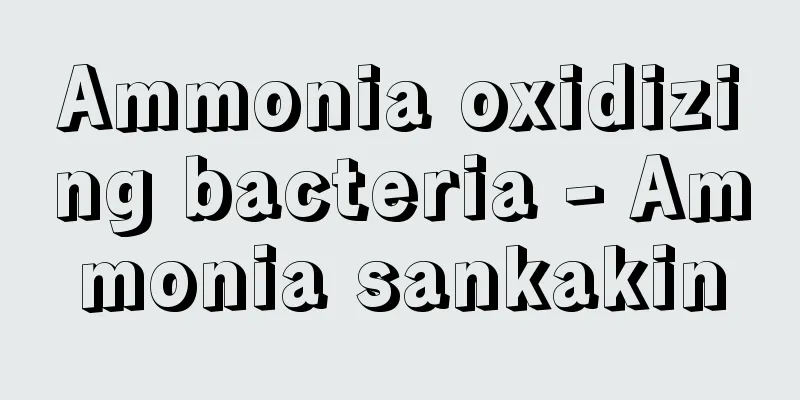Matrix mechanics

|
In quantum mechanics, physical quantities are operators. If these operators are expressed as matrices, then the dynamical relations that give the relationships between physical quantities and the changes in physical quantities over time become mathematically matrix equations. This form of quantum mechanics expressed in matrices is called matrix mechanics. It is also called matrix mechanics. Therefore, matrix mechanics is not a special type of mechanics, but is just one form of expression of quantum mechanics. Heisenberg discovered the basic formulas of quantum mechanics starting from N. H. D. Bohr's atomic model. In Bohr's atomic model, he first determined the electrons in hydrogen atoms according to classical mechanics using the electron's coordinates and momentum, and then selected discrete orbits from these orbits that followed the conditions given by Bohr, i.e., the quantum conditions, and considered these orbits to be the steady states of the electrons. He then considered that the electrons radiate and absorb light by moving between these steady states. In this case, the energy of the light emitted or absorbed is equal to the difference in energy between the steady states the electron moves to. Heisenberg noticed this fact and thought that the coordinate q and momentum p of an electron should not be treated as ordinary functions of time, but as a collection of elements q ( m , n ), p ( m , n ) characterized by any two pairs of stationary states m and n . In other words, he proposed that both the coordinate q and momentum p should be expressed as matrices, and he proposed the basic equation of quantum mechanics, qp - pq = i ħ (ħ is 1/2π of Planck's constant h ). [Hajime Tanaka] [References] | | | |Source: Shogakukan Encyclopedia Nipponica About Encyclopedia Nipponica Information | Legend |
|
量子力学では物理量が演算子になっている。この演算子を行列で表現すれば、物理量の関係や物理量の時間変化を与える力学の関係式は数学的には行列の方程式となる。このような行列表示をとった量子力学の形式を行列力学という。マトリックス力学ともよばれる。したがって、行列力学という特別の力学があるのではなく、量子力学の一つの表現形式である。 ハイゼンベルクはN・H・D・ボーアの原子模型から出発して量子力学の基本式をみいだした。ボーアの原子模型では、まず水素原子内電子を電子の座標と運動量を用いて古典力学に沿って求め、この軌道のうちボーアの与えた条件、すなわち量子条件に従うとびとびのものを選び出し、これらの軌道を電子のとる定常状態とみなすことにした。次に、電子がこれら定常状態の間を移ることによって光を放射・吸収すると考えた。この場合、放射・吸収する光のエネルギーは、電子が移る定常状態間のエネルギーの差に等しくなる。 ハイゼンベルクはこの事実に注目し、電子の座標qや運動量pは、時間の普通の関数でなく、任意の2組の定常状態m、nで特徴づけられる要素q(m, n), p(m, n)の集まりとして扱うべきであると考えた。いいかえれば、座標qと運動量pをいずれも行列で表示すべきものであることを提起し、量子力学の基本式 [田中 一] [参照項目] | | | |出典 小学館 日本大百科全書(ニッポニカ)日本大百科全書(ニッポニカ)について 情報 | 凡例 |
Recommend
Epitadeus - Epitadesu (English spelling)
Date of birth and death unknown. Ephor (superviso...
Islamic Studies Institute - Kaikyokenkenkyujo
...Turkology studies in Japan began as part of Ch...
Oceanian Languages - Oceanian Languages
Also called Eastern Austronesian, it is one of the...
Warrior - Mouza
〘 noun 〙 A brave person. A hero. Also, a wealthy a...
Washing powder - Araiko
A cosmetic that has been used since ancient times ...
School library - gakko toshokan
A library is a facility in elementary, junior hig...
Oshima Strait
A strait between the main island of Amami Oshima a...
Imam - Imām (English spelling)
The leader of the Islamic community (umma). It me...
Sudden rain - shuu
Also called sudden rain or murasame. Rain that sta...
Dissociative disorder
In recent years, there have been repeated attempt...
Marcello (English spelling) Marcello, Benedetto
Born: July 24, 1686, Venice Died July 24, 1739. It...
Francesca Ti
French violinist. Also known as Francescatti. Born...
Polar desert soil
...It is unclear whether arctic desert soils are ...
Cormorant fishing - Ukai
A fishing method using trained cormorants (Japanes...
Mistrás (English spelling)
…the remains of a medieval city in the central Pe...









